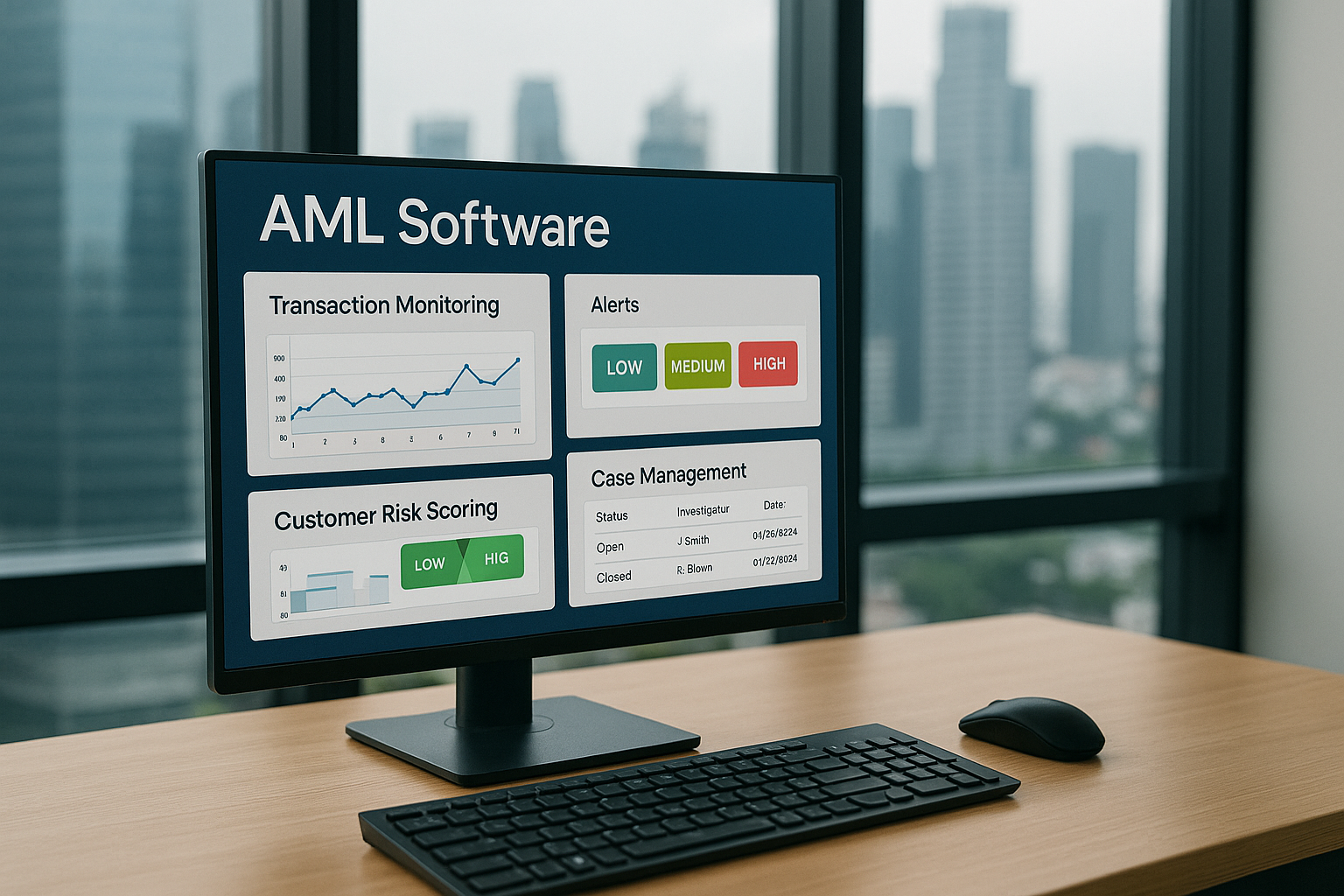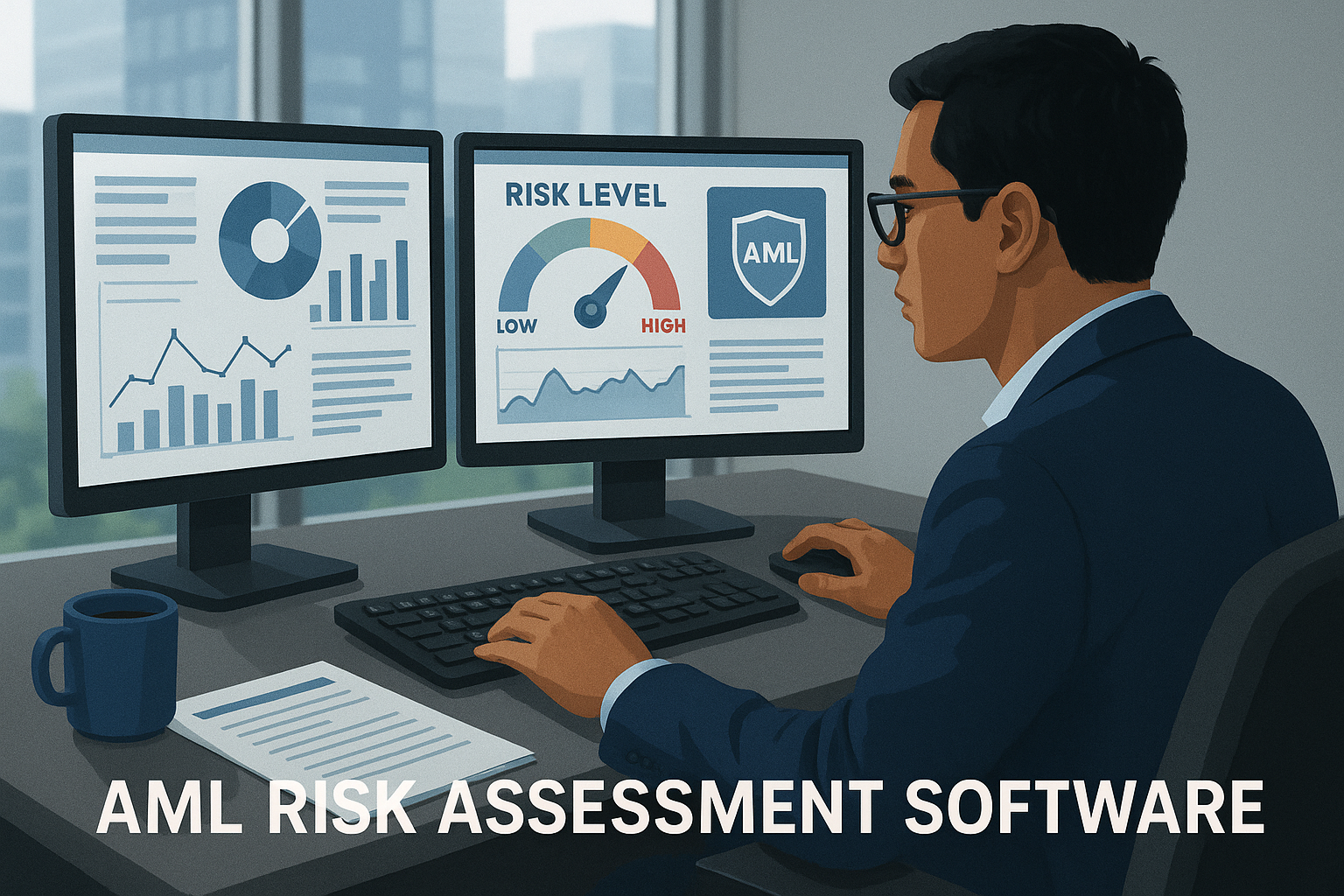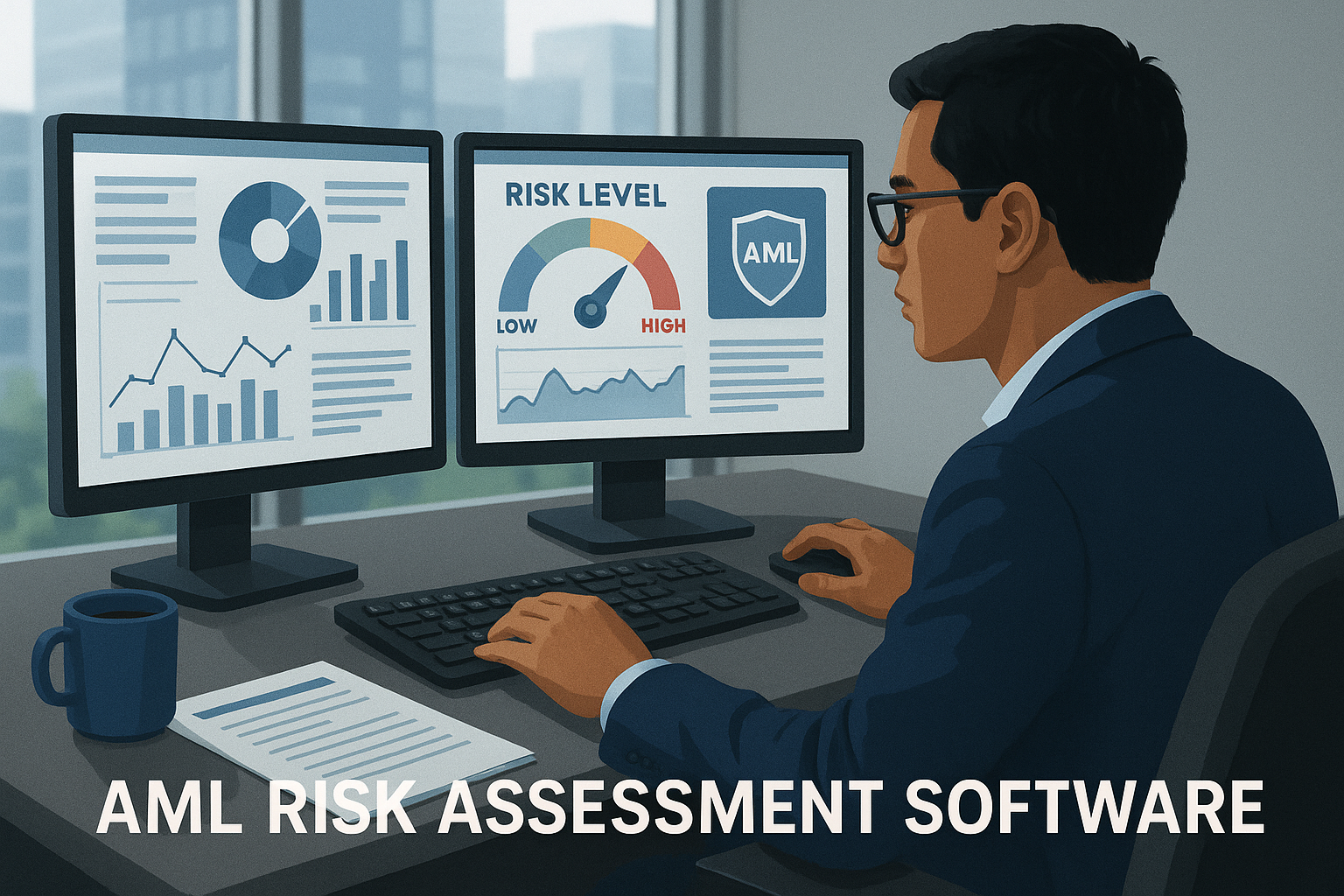Data Reconciliation Explained: From Basics to Best Practices
.svg)
In today's digital age, with the rise of Big Data and data-driven decisions, the importance of data quality and integrity cannot be understated. Data reconciliation is a crucial process for organizations that deal with large datasets across multiple systems and locations. It involves verifying the accuracy and consistency of data, both during data migration and in routine checks of production data, order data, or customer contact details.
By implementing a robust data reconciliation framework, businesses can gain a single customer view, improve operational data quality, and create consistency across their systems and assets. In this blog, we will delve deep into data reconciliation meaning, its significance, the processes involved, various techniques used, and the challenges organizations face during its execution.
The Importance of Accurate and Consistent Data
Large organizations often encounter challenges when it comes to maintaining accurate and consistent data. With data stored in multiple systems and locations, there is a higher risk of introducing errors and inaccuracies such as missing, duplicated, or inconsistent data. To optimize decision-making and support mission-critical processes, it is essential to have accurate and consistent data. This is where data reconciliation plays a vital role.
{{cta-first}}
Read More: What are the different types of reconciliation?
Read More: Excel to AI: How Reconciliation Tools Evolve for Better
Read More: What are the methods of account reconciliation?
What is data reconciliation?
Data reconciliation, at its core, refers to the process of ensuring that two or more sets of data are consistent and accurate when compared to each other. This process identifies discrepancies, if any, between data sets and attempts to resolve them, ensuring that the information remains reliable and trustworthy across multiple platforms or systems. The end goal is to make sure that data sets, which may come from different sources or departments within an organization, are in agreement with each other.
This process is akin to balancing your chequebook. Just as you would compare your monthly bank statement to your own records to ensure every transaction is accounted for, data reconciliation aims to ensure that every piece of data is accurate and consistent across databases.
Data reconciliation can be performed during data migration from one system to another or in regular business-as-usual scenarios. Various approaches can be used for data reconciliation, ranging from simple checks like comparing column and row counts to more detailed techniques such as checksums that detect errors or inconsistencies introduced during data migration or storage.
Data reconciliation techniques and technologies enable organizations to identify and fix errors that occur when data is entered into systems, inaccuracies that are introduced over time, and structural differences in source systems and data stores that compromise data integrity.
Why data reconciliation is important
In the world of business, decisions made on inaccurate or inconsistent data can have dire consequences. From financial repercussions to regulatory non-compliance and damaged customer trust, the ripple effects can be vast. Timely and accurate data is crucial for making informed decisions and driving business activities. Data on customer preferences, operational processes, and other critical factors can inform marketing campaigns, product development, process efficiency, resource allocation, and more.
On the other hand, inaccurate data can negatively impact decision-making, hinder business opportunities, and damage customer experiences and relationships. To ensure data reliability and trust, organizations need to perform data reconciliation regularly as part of their business-as-usual activities. Here's why data reconciliation holds paramount importance:
- Decision Making: Accurate data ensures that business decisions, whether operational, strategic, or financial, are based on reliable information.
- Regulatory Compliance: Many industries are governed by strict regulatory frameworks. Inaccurate data can lead to non-compliance, attracting hefty penalties and reputational damage.
- Operational Efficiency: Consistent and reconciled data ensures smoother business operations. It aids in avoiding potential roadblocks or disruptions stemming from data mismatches.
- Customer Trust: In sectors like banking or e-commerce, data discrepancies can affect customer experience. Accurate data ensures trust and boosts customer confidence.
How data reconciliation works and when it is needed?
Data reconciliation typically commences when data is transferred between systems or databases. This could be during processes like data migration, system integration, or even routine data transfer between departments. The main steps include:
- Comparison: Data from the source system is compared to that in the target system.
- Identification: Discrepancies or mismatches between the two sets of data are identified.
- Resolution: Strategies are employed to rectify the identified discrepancies, either manually or through automated processes.
- Validation: After rectification, data is once again validated to ensure consistency and accuracy.
Reconciliation is crucial during end-of-month financial processes, data migrations, consolidations after mergers or acquisitions, or any situation where data integrity might be compromised due to system changes or human errors.
Data reconciliation is needed in various scenarios, including:
1. Data accuracy and consistency during data migrations
During data migrations from one system to another, data reconciliation ensures that the data in the new system matches the data in the source system. This involves checking the overall consistency of the data, such as column and row counts, to ensure the successful transfer of data without any errors or inconsistencies.
2. General data quality and consistency assessments in business-as-usual scenarios
Regular data reconciliation is essential to maintain data quality and consistency across multiple systems and business divisions. It helps identify discrepancies and errors in records, ensuring that customer details, product pricing, and other critical data remain accurate and consistent.
3. Complex financial services scenarios
Data reconciliation in the financial services industry requires specialized functionality to account for factors such as currency conversions, rounding errors, and macro-economic fluctuations. This ensures accurate and consistent financial reporting.
Data reconciliation techniques
Data reconciliation is not a one-size-fits-all process. Depending on the nature of the data, its source, the systems in use, and the specific requirements of an organization, various techniques can be employed to reconcile data efficiently. Some of these techniques include:
- Automated Reconciliation Software: This software can handle vast amounts of data and can quickly identify and rectify discrepancies, ensuring that the reconciliation process is both efficient and accurate.
- Database Tools: Many advanced database management systems have built-in tools or functions that aid in data comparison and discrepancy identification.
- Spreadsheet-Based Reconciliation: For smaller data sets or when dealing with specific types of financial data, spreadsheets (like Excel) can be used for reconciliation. Formulas and macros can assist in the comparison of data columns.
- Blockchain Technology: An emerging technique, blockchain's immutable ledgers can be used to verify the accuracy of data entries, ensuring transparency and consistency.
- Custom Scripts: In some cases, especially when dealing with unique systems or specific reconciliation needs, custom scripts (coded in languages like Python or SQL) can be used to compare and reconcile data sets.
The Challenges of Data Reconciliation
While data reconciliation is crucial, it's not without its challenges. As businesses grow, the volume, velocity, and variety of data they handle can also increase, leading to more complex reconciliation scenarios. Some of the prominent challenges include:
1. No single version of the truth
Many businesses have different versions of the same datasets across multiple systems, making it difficult to determine which information is current and accurate.
2. Volume of Data
The sheer amount of data that many organizations now handle can make reconciliation a daunting task. Manual processes become unfeasible, and even automated solutions can sometimes struggle.
3. Complex and expensive solution development
Developing in-house data reconciliation solutions can be costly and requires significant technical capabilities.
4. Limited data reconciliation insights
Custom data reconciliation solutions often restrict access to technical team members, making it challenging for business decision-makers to understand and act on data quality issues.
5. Poor connectivity between systems
Lack of connectivity between siloed systems and data sources can lead to data inaccuracies and inconsistencies.
6. Temporal Discrepancies
Time-bound data, especially in sectors like finance, can lead to discrepancies if not handled correctly. For instance, a transaction logged in one system at the end of a business day might not reflect in another system until the next day.
7. Human Error
No system is immune to human error. Incorrect entries, accidental deletions, or simple oversights can lead to discrepancies that need to be identified and rectified.
8. Outdated Systems
Legacy systems, often rigid and inflexible, can pose significant challenges in data reconciliation. Integrating them with newer systems or platforms can be tricky.
{{cta-ebook}}
Final Thoughts
Data reconciliation, at its core, is the unsung hero ensuring data integrity, consistency, and accuracy across systems. It's a pivotal process that underpins various business functions, from financial reporting to inventory management. Without effective data reconciliation, organizations would be flying blind, making decisions based on inaccurate or inconsistent data.
However, as the volume of data grows and becomes more complex, businesses must stay agile. Relying on manual methods or outdated systems is no longer feasible in today's fast-paced, data-driven world. Organizations need to leverage modern technologies, methodologies, and best practices to ensure that their data reconciliation processes are efficient, accurate, and scalable.
While challenges abound, from dealing with vast volumes of data to navigating the intricacies of multiple data sources, solutions are available. By understanding the importance of data reconciliation, being aware of potential pitfalls, and proactively seeking out the best techniques and tools, organizations can stay ahead of the curve, ensuring that their data-driven insights are always based on a solid foundation of accurate, reconciled data.
Frequently Asked Questions (FAQs)
1. What is the primary goal of data reconciliation?
The main goal of data reconciliation is to ensure consistency and accuracy of data across different systems or databases. This process involves identifying and resolving discrepancies, ensuring that decisions are based on accurate and trustworthy data.
2. How often should data reconciliation be done?
The frequency of data reconciliation depends on the nature of the business and the specific requirements of an organization. Some businesses might require daily reconciliation, especially in sectors like finance, while others might do it weekly, monthly, or even quarterly.
3. Is manual data reconciliation feasible for large organizations?
While manual data reconciliation might work for smaller datasets or businesses, it becomes increasingly impractical and error-prone as the volume and complexity of data grow. Large organizations typically rely on automated solutions to handle their data reconciliation needs efficiently.
Experience the most intelligent AML and fraud prevention platform
Experience the most intelligent AML and fraud prevention platform
Experience the most intelligent AML and fraud prevention platform
Top AML Scenarios in ASEAN

The Role of AML Software in Compliance

The Role of AML Software in Compliance










